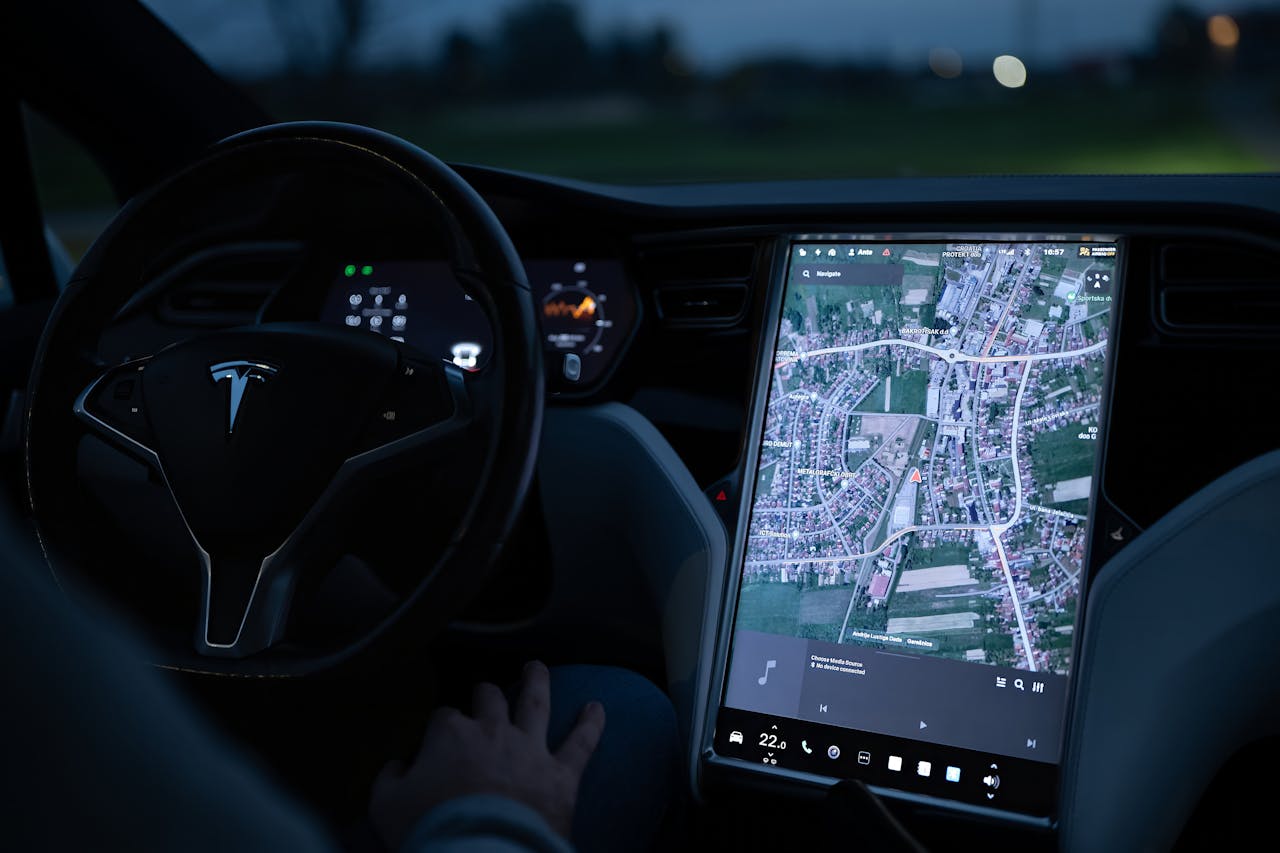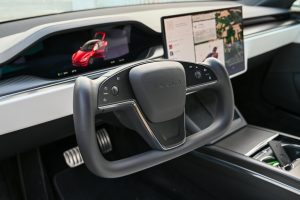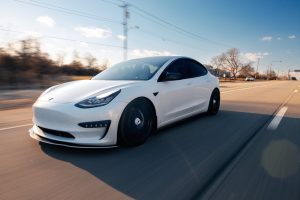Electric vehicle safety is now a hot topic in 2025, as more drivers consider whether EVs are truly safer than traditional gas-powered cars. With structural differences, advanced software, and real-world crash data, how do EVs really compare? This article offers a full-spectrum safety analysis across nine key dimensions.
1. Core Safety Features of Electric Vehicles
Electric vehicles (EVs) inherently do not have high-risk components like traditional gasoline cars’ engines, fuel tanks, and transmissions. Instead, they use power batteries, electric motors, and electronic control systems. This structure itself reduces the likelihood of mechanical failures causing accidents.
In terms of passive safety, because EVs lack an engine compartment, the front frame usually has more space to absorb impact energy. Many brands adopt a dual-structure design of “crumple zones + battery chassis protection,” significantly improving safety during frontal and side collisions.
Regarding active safety, EVs typically come equipped with various advanced driver-assistance systems (ADAS) natively, such as automatic emergency braking, lane-keeping assistance, and fatigue monitoring. Data from 2025 shows that over 85% of newly launched EV models are equipped with L2+ level assistance systems, while less than 60% of gasoline cars have them.
2. EV Battery Fire Risk: Actual Probability vs. Public Perception
The most common criticism of EVs is “battery fires,” but what is the real probability? According to 2024 data from the U.S. National Highway Traffic Safety Administration (NHTSA):
| Type | Fires per 100,000 Vehicles per Year |
|---|---|
| Gasoline Cars | 1,529 |
| Hybrid Cars | 3,474 |
| Pure EVs | 25 |
The data is clear: EVs’ fire rate is far lower than gasoline and hybrid vehicles. However, since “fire followed by explosion” scenes are more dramatic, social media often amplifies misinformation.
Moreover, in 2025, mainstream automakers (such as Tesla, BYD, Hyundai) have widely adopted safer lithium iron phosphate (LFP) batteries, which have better thermal stability than ternary lithium batteries, significantly reducing the probability of fire.
3. Crash Test Data Comparison: Are EVs More Crash-Resistant?
According to comparative tests by Euro NCAP and IIHS (Insurance Institute for Highway Safety) from 2023 to 2024:
- In frontal offset crashes, EVs’ structural rigidity performs better than most gasoline cars;
- Most EVs score higher in categories such as “rollover protection,” “in-cabin battery protection,” and “child occupant safety”;
- Among the global Top 10 five-star safety-rated models in 2025, EVs occupy 7 spots.
This advantage comes from the battery chassis providing a lower center of gravity and stronger rigidity. For example, Model Y, BMW iX, and Volvo EX90 all perform excellently in crash tests.
4. Software Safety and OTA Updates: The New Advantage of EVs
Gasoline cars’ safety usually relies on mechanical and passive systems, whereas EVs have an additional advantage: “software-defined safety.”
EV manufacturers can quickly fix vulnerabilities, optimize braking logic, and add driver assistance features via OTA (over-the-air) updates. For example, in early 2025, Tesla released a new version that reduced brake response time by 12%, more efficient than traditional recalls.
At the same time, most EVs have stronger data perception capabilities, such as automatically reporting accidents, cutting off the high-voltage system, and calling for rescue automatically—features rarely found in traditional gasoline cars.
5. EV Safety Performance in Extreme Environments
The performance of EVs in extreme environments like severe cold, high heat, and heavy rain is a key concern.
- High temperature: New-generation thermal management systems (e.g., BYD DiLink, Hyundai E-GMP platform) support adaptive battery cooling to prevent overheating;
- Low temperature: 2025 new models generally come equipped with battery heating systems and intelligent temperature control algorithms, achieving nearly 98% start-up rate at -20°C;
- Water wading capability: EV high-voltage systems generally reach IP67 protection level or above, with water wading ability comparable to gasoline cars.
In global 2024 EV water wading tests, Model 3, NIO ET5, and Hyundai IONIQ 6 all continuously drove in 30 cm deep water for 10 minutes without abnormalities.
6. Insurance Data and Real-World Accident Performance
According to 2025 data jointly released by the largest U.S. insurer State Farm and the UK’s Thatcham Research:
| Type | Average Claim Rate | Average Repair Cost | Main Claim Causes |
|---|---|---|---|
| Gasoline Cars | 8.3% | $1,920 | Rear-end, side collisions |
| EVs | 7.1% | $2,380 | Minor scratches, electronic system |
Although EV repair costs are slightly higher, their overall claim rate is lower, indicating a slightly lower damage probability in traffic accidents than gasoline cars. At the same time, most EV users experience less severe accidents, with injury rates down by 12%.
7. 2025 Global Automakers’ Investment Trends in Safety
In safety R&D, EV manufacturers are massively expanding investments in 2025:
- Tesla’s FSD safety training data has exceeded 10 billion kilometers;
- NIO invested 2 billion RMB in building collision laboratories;
- BMW’s electric platform Vision Neue Klasse enhances “adaptive risk avoidance” technology;
- Toyota and Panasonic collaborate to develop “non-explosive solid-state batteries” to improve thermal runaway safety.
These investments not only improve EV safety but also help EVs gradually surpass traditional gasoline cars.
8. Consumer Feedback and Subjective Safety Perception
Consumers’ “sense of safety” often comes from the driving experience. According to the 2025 U.S. J.D. Power user survey:
- Over 68% of EV owners feel “more secure while driving”;
- 57% of female EV owners say “active safety features are more reliable than previous cars”;
- Only 9% of respondents worry about battery safety, down significantly from 22% three years ago.
This shows that with technological progress and improved awareness, consumer trust in EV safety is steadily increasing.
9. Conclusion: Is EV Safety Higher?
From structural design, software protection, crash tests, insurance data to user feedback, the comprehensive safety of EVs in 2025 has already reached or even exceeded that of mainstream gasoline cars. Although vigilance is still needed regarding battery thermal runaway and high-voltage systems, these risks are being gradually controlled through new materials, electronic isolation, and intelligent methods.
In other words, EVs are not just representatives of “environmental protection,” they are also becoming synonymous with “safer travel.”



